Lightning is one of the most challenging, yet rewarding types of photography.
Lightning storms can be amazing to watch. Their beauty, power, and unpredictability are features that appeal to photographers the world over.
But while lightning storms can make striking photographs –they can also be difficult to capture. After all, working in (often) low light conditions, and attempting to capture a fleeting moment of electricity is no small feat. Still, taking the time to master lightning photography is more than worth it. Capturing some of these powerful and spectacular bolts can produce some truly amazing images.
If you’re ready to head out and capture some spectacular lightning photos, here are some things to keep in mind.
→ Related reading: Tips for Photographing Storms
Safety First
Don’t forget that lightning photography –is extreme photography. Lightning is one of the most dangerous types of weather, and when you hit the road with your very own lightning rod (aka tripod!), keep in mind that things can quickly become disastrous.
Before you head out it is important to keep safety in mind. Never head out into a storm without a safety plan. This should include a plan for photographing the lightning, without getting too close to it. If you’re shooting the lightning from a distance of about five miles or less, it’s a good idea to do this from inside the house, or car. And avoid standing too close to any tall trees or metal poles. Remember –no picture is worth risking your life over!
Equipment
Obviously you will need to bring your camera along! But what other equipment do you need to bring with you?
Wide Angle Lens
While you can capture lightning through any lens, the best option is usually a wide angle, since this lens is the best for capturing sweeping landscapes. Try to make sure the lens has an option for manual focus –you’ll want to use it.
Tripod or Camera Stabilizer
While you don’t necessarily need a tripod –you do need a steady surface. If you are shooting from the safety of your car, you could use a car-window mount or beanbag to steady your camera on the window ledge. Whatever you choose you’ll need a steady surface, otherwise the combination of the long shutter speeds and dark lighting conditions will make for some blurry images.
Remote Release
Also –consider investing in a remote release that will allow you to take the photo without shaking the camera.
Spares Batteries and Memory Cards
Be sure to bring plenty of spare batteries and memory cards. They don’t take up much room and if you are going to be going snap happy –chances are you will use up the battery and multiple memory cards.
How to Photograph Night Lightning
To capture night lightning, put the camera into bulb mode and hold the shutter open until you see lightning, then release the shutter. Be sure to keep the aperture narrow –something around f/8, to keep the entire image in focus. Keep the ISO as low as possible –below 400, and turn the flash off.
Take a few images and take note of how they turned out, and make adjustments to the settings to improve the images. If the images are too dark, open up the aperture or slow down the shutter speed to let more light in.
You’ll want to use manual focus when photographing lightning. Avoid setting the focus to infinity, your best option is to find a distant light to focus on. This will produce the sharpest results.
→ Related reading: Making the Most of Bad Weather
How to Photograph Day Lightning
Photographing daytime lightning can be more difficult than nighttime lightning –mainly because you will want to make sure that the entire image is exposed properly. Still, capturing lightning during the day can produce some spectacular results.
To capture daytime lightning, you may want to use shutter priority mode. This will allow you to control the shutter speeds and easily adjust the exposure. Select a shutter speed of around 1/15 of a second –keeping the ISO low. As with night lightning photography, you’ll want to take a test shot and check the exposure. If the images are too dark, you’ll want to slow down the shutter speeds.
Keep in mind that fast shutter speeds can make it difficult to capture the streaks, so if the scene calls for fast exposures, you’ll want to use a neutral density (ND) filter –which will act like sunglasses for your camera. This will enable you to use a slower shutter speed, without overexposing the images.
Composing Exceptional Shots
There’s more that goes into capturing a great lightning shot than just getting the bolts. There will be plenty of ‘downtime’ between streaks of lightning so take this time to compose your images.
→ Related reading: Guide to Long Exposure Landscape Photography
Find an Excellent Location
While obviously you will need to be where the lightning is –make sure you aren’t too close and keep yourself safe. A safe spot is usually between six and ten miles away from the storm. Finding a good location that offers an excellent vantage point from which you can capture your images is important. While scouting out locations in the middle of a storm isn’t always easy –if you know that there’s an impending storm, try to find a location ahead of time where you can set up. Look for a place that’s overlooking the ocean, or with a mountain range in the distance. Anywhere that provides a great setting to capture the lightning.
Get the Sky/Ground Ratio Right
When photographing lightning, you’ll usually want to include more sky than land in your shots. When composing your images, remember that the lightning will be the main point of interest, so leave enough room to showcase the streaks.
Experiment With Different Types of Lightning
Experiment with photographing different types of lightning. Single-bolt streaks of lightning can result in beautiful art-quality images, but multiple streaks can make spectacular photos too. Lightning taken at different times of the day or at night also have different appearances. Lightning taken during sunset or twilight can result in some spectacular images with beautiful color composition.
Look for Other Opportunities
While the streaks of lightning are the main event, don’t forget that there can be other photographic opportunities during a storm. At night, flashes of lightning can illuminate the entire landscape spectacularly. The light that’s often found just after a storm can also make for some exceptional images.
Finally, keep in mind that shooting lightning is a time consuming process that requires a lot of patience. Don’t be discouraged if you don’t get the shot you were hoping for on the first try –just keep practicing. In time, your results will speak for themselves and you’ll be able to capture lightning photographs that you’re proud of.
Have you tried your hand at lightning photography? Share your tips and suggestions with us!
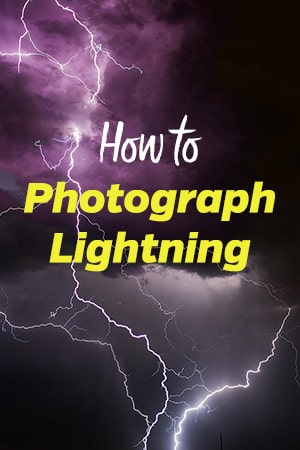
Photo license link: CC BY 2.0

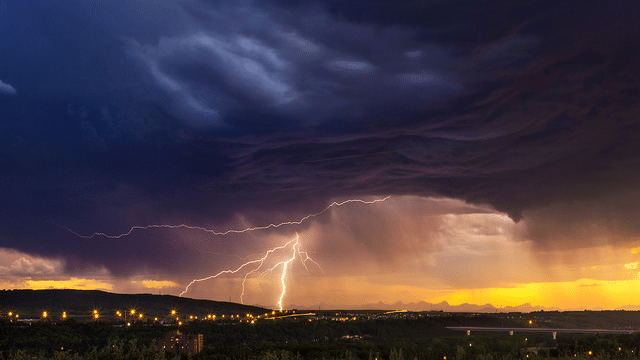
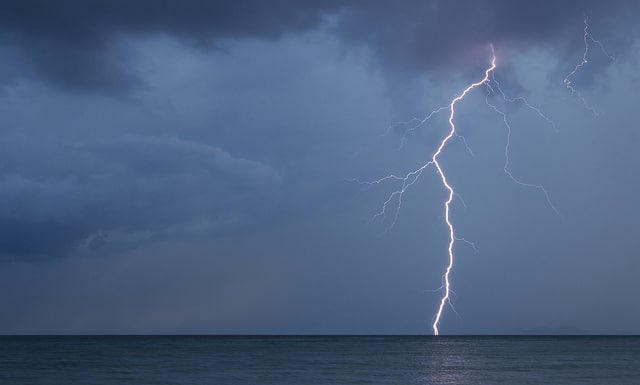
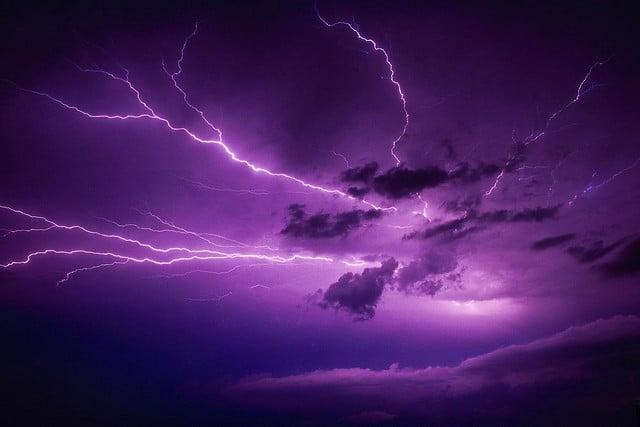
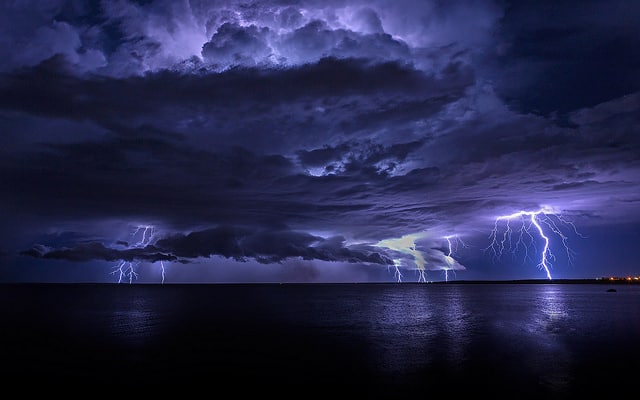
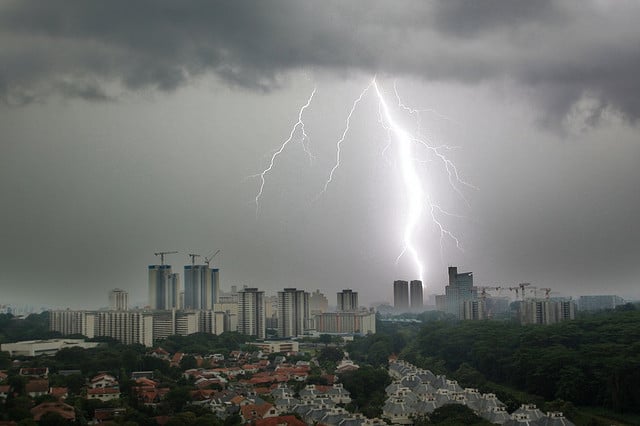
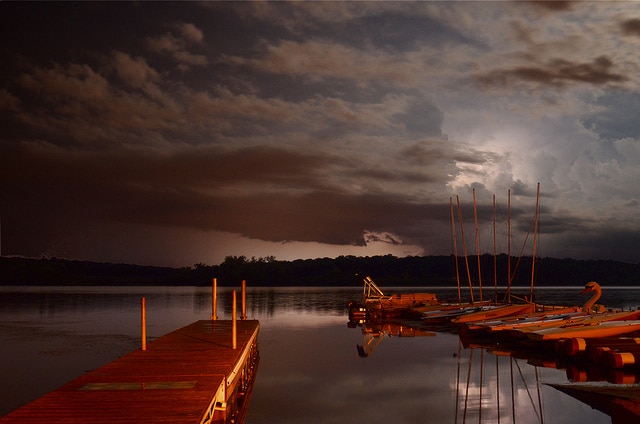

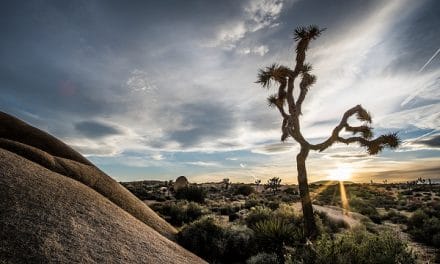
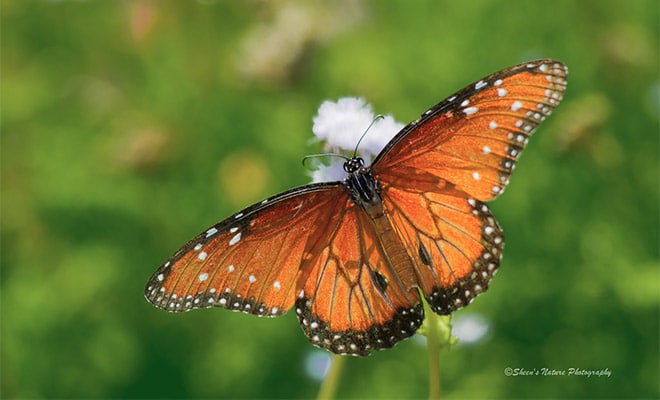
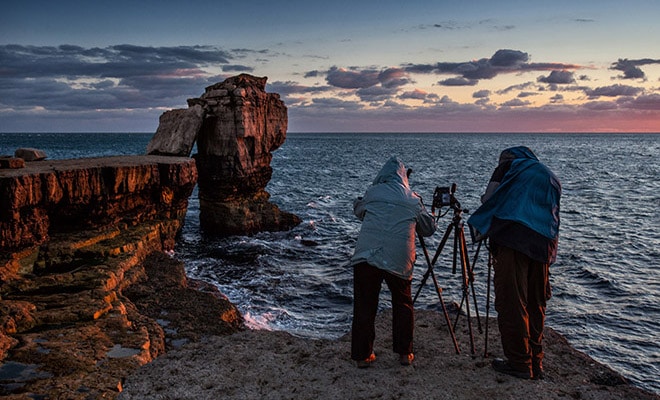






Trying to understand when to fire the shutter. If the shutter is open before the lighting strikes you will over expose very quickly. If you wait till you see the lighting you might miss it! So how do you capture the bolt! If you under expose anticipating more light when the lighting strikes you might get just the lighting and nothing else! Can you walk thru the firing of the shutter IN MORE DETAIL!